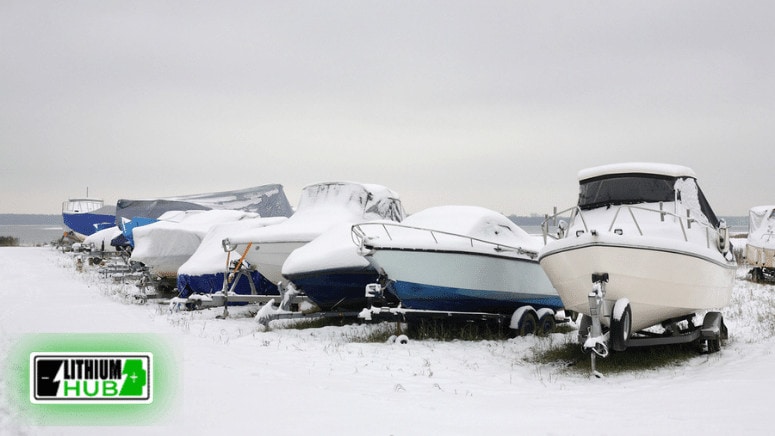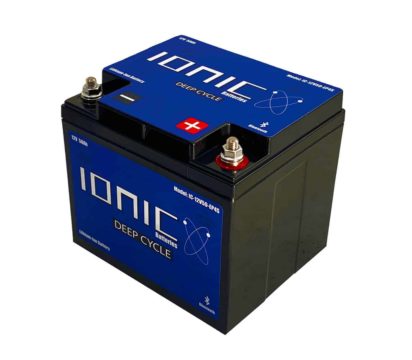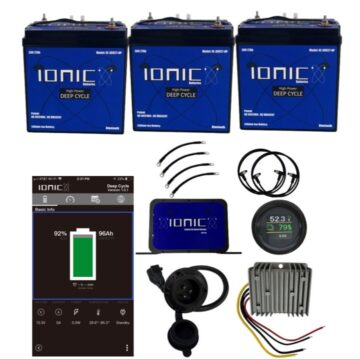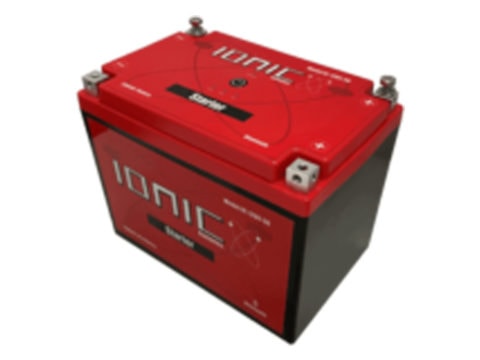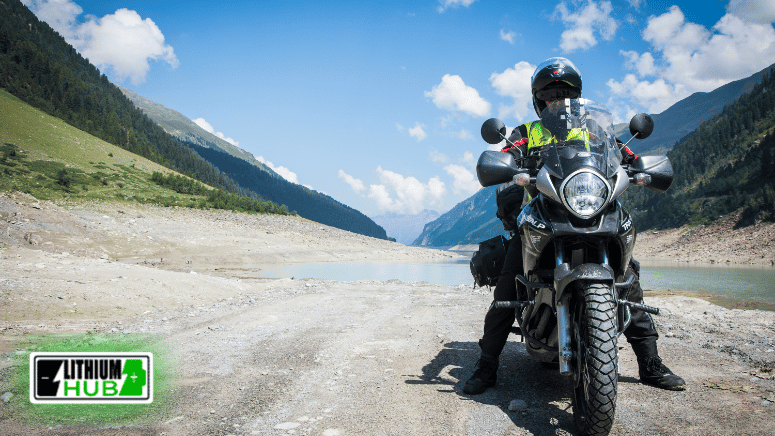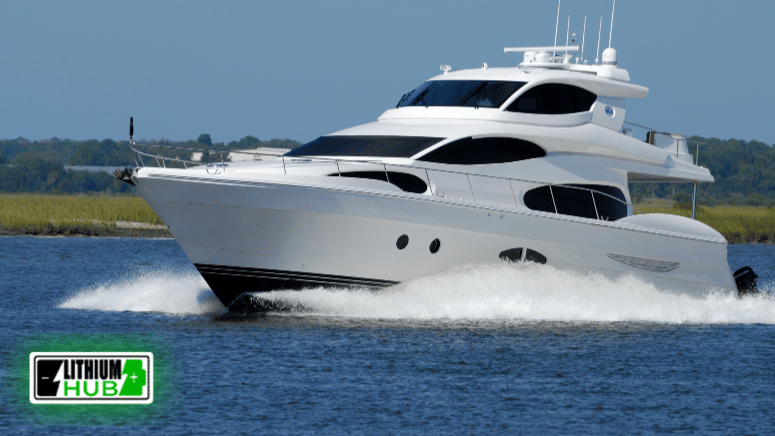Winter is coming, and it’s time to prepare your boat for hibernation. Not only will winterizing your boat protect your investment, but it will also make it easier for you to hit the water again come springtime. In this guide we’ll go over how to winterize a boat like a pro to help prevent costly repairs and extend its lifespan. So let’s dive into the process and make your boat winter-ready!
Preparing Your Boat for Winter Storage
To extend the life of your boat and its equipment, readying it for the winter months is crucial. Doing so helps prevent destruction from the next cold snap and should hopefully leave you with no distressing surprises when it’s finally spring again. Let take a look at some of the measures that matter the most:
Engine Oil Change
In order to winterize an engine, it’s vital to change out the oil before putting it in storage. Changing the oil ensures that you remove any contaminants, such as dirt and metal particles, that may be present in used oil. Fresh oil also provides better protection against corrosion while it’s in storage. Here are a few tips for how to do it:
-
- Run the Engine: Before changing the oil, run the engine for a few minutes to warm the oil. Warm oil flows more easily and carries away more contaminants.
- Remove the Old Oil: Locate the oil drain plug and place an oil pan beneath it. Remove the drain plug and let the old oil drain out completely.
- Replace the Oil Filter: Remove the old oil filter and replace it with a new one. Make sure to lubricate the gasket on the new filter with a bit of oil before installing it.
- Add Fresh Oil: Add the recommended amount and type of fresh oil to the engine. Consult your boat’s owner’s manual for the specific oil requirements.
- Dispose of Used Oil Properly: Used oil is considered hazardous waste, so be sure to dispose of it in an environmentally friendly way.
As always, be sure to reference your engine’s user manual for the most relevant advice.

Draining Water from the Engine
During the winter storage season, it’s essential to prevent potential damage by draining water from the engine via its drain plug. Your owner’s manual should provide instructions on this. Removing any excess moisture keeps repair costs down when freezing temperatures hit as this helps protect your motor engine failure.
Fuel System Maintenance
Winterizing your boat involves essential fuel system maintenance. Before storage, clean the fuel tank and maintain the fuel injectors, to prevent fuel degradation, which can cause engine issues. You may want to use a stabilizer to protect the fuel during winter, and replace it with fresh diesel when taking the boat out of storage.
For four-stroke outboard engines, change the oil/filter before introducing treated fuel into the system. Let residual water from the fuel run through the unit for 10-15 minutes to cover all components and prevent phase separation.
Battery Maintenance & Storage
Winterizing LiFePO4 batteries is different from lead-acid batteries in a few ways. For that reason, we’ll cover a bit of information about both.
How to winterize LiFeP04 batteries:
- Charge the Battery: Ensure the LiFePO4 battery is fully charged before winter storage. These batteries are less prone to self-discharge compared to lead-acid batteries, but it’s still a good idea to start with a full charge.
- Disconnect from Equipment: Ideally, disconnect the LiFePO4 battery from the equipment or system it powers. This prevents any phantom loads that might slowly drain the battery over time.
- Storage Temperature: LiFePO4 batteries can generally handle cold temperatures better than lead-acid batteries. However, extreme cold can still affect performance. If possible, store the battery in a cool but not freezing space. And definitely make sure that the area is dry.
- Maintenance Charging: If your LiFePO4 battery management system (BMS) allows, consider maintaining a maintenance or float charge during storage. Some LiFePO4 batteries have built-in BMS that can manage the charging process. Ionic lithium batteries do!
Winterizing Lead-Acid Batteries:
- Charge the Battery: Similar to LiFePO4 batteries, lead-acid batteries should be fully charged before winter storage. This helps prevent sulfation, a common issue with lead-acid batteries.
- Disconnect from Equipment: Disconnect the lead-acid battery from the equipment to prevent any parasitic loads that can drain the battery during storage.
- Storage Temperature: Lead-acid batteries are more sensitive to temperature extremes. If possible, store the battery in a cool, dry place. Extreme cold can reduce the battery’s ability to provide power, while high temperatures can lead to faster self-discharge.
- Maintenance Charging: For lead-acid batteries, a maintenance or float charger is often recommended during storage. This helps compensate for the self-discharge that lead-acid batteries experience over time.
- Check Electrolyte Levels (for Flooded Lead-Acid): If you have a flooded lead-acid battery, check and top off the electrolyte levels with distilled water if necessary.
Always refer to the manufacturer’s guidelines and recommendations for specific care and winterization procedures for your particular batteries. Both LiFePO4 and lead-acid batteries have different characteristics, and following the manufacturer’s instructions will help ensure optimal performance and help keep your batteries running for as long as possible.
Lithium batteries have many features that make them more ideal and easier to handle, especially when it comes to winter storage. They’re lighter in weight, can be stored in any position, require next to no maintenance, and discharge much slower. And when you purchase an Ionic battery you’ll even have Bluetooth access! This means you can monitor the health of your battery at any moment with the help of our Ionic App from your smart device. Be sure to check out our inventory of Lithium LiFeP04 marine batteries here. And learn about heated lithium batteries here.

Protecting Your Boat’s Exterior
Preserving your boat’s external areas is just as important as keeping its internal components in good working order. Not only does a clean and properly maintained exterior increase your boat’s visual appeal, but it also helps protect the engine components within it from various weather conditions during winter storage.
Wax Application
Waxing your boat’s exterior is a key step in winterizing and maintaining its shine and durability. Wax provides excellent protection for your boat. The process begins with rinsing off any debris from the boat’s surface with water and using a dewaxing solvent to get rid of any existing wax coatings.
After cleaning the surface with soapy water and a sponge, it’s time to apply the wax. Using a towel or microfiber cloth, generously apply the wax, rubbing it in circular motions across all sections of the hull. Once you’ve covered all areas, let it dry until a haze appears. Then, buff it lightly with a fresh piece of fabric to reveal a glossy, protected finish. This process will ensure that your boat’s exterior is shielded against the elements and maintains its gleaming appearance throughout the winter..
Taking Care of Your Boat’s Interior
The winter storage of your boat’s interior is essential for keeping it protected during the colder months. Ventilating, dehumidifying, removing valuables/electronics and cleaning are all steps to ensuring proper maintenance over this period. Mold, mildew or any other damage can be avoided with regular upkeep. Here’s more on that:
Ventilation and Dehumidification
- Ensure that all cushions, carpets, and other absorbent materials are dry before storing. Moisture can promote mold growth.
- Remove Perishable Items: Take all perishable items off the boat. This includes food, drinks, and any items that could decay or mold during the storage period.
- Inspect for Leaks: Check for any leaks in the boat that could allow water to enter. Address and repair any leaks before winterizing to prevent water accumulation.
- Use Moisture Absorbers: Place moisture absorbers or desiccant bags in enclosed spaces to help control humidity levels. These can help prevent the conditions that encourage mold growth.
- Ventilation: Install passive ventilation systems or use boat covers that allow for air circulation. Ventilation is crucial in preventing stagnant air and reducing humidity. Leave cabin hatches, lockers, and compartments open if possible to encourage air circulation.
- Use Mold Inhibitors: Consider using mold inhibitors or mildew-resistant products on surfaces prone to mold growth. These can be applied to fabrics, cushions, and other susceptible materials.
By incorporating these measures into your winterization process, you can help maintain ventilation and reduce the risk of mold growth on your boat during the winter season.
Removing Valuables and Electronics
Before putting your boat in winter storage, be sure that all items of value and electronics to avoid theft and harm caused by cold temperatures. This includes fishing gear, water sport equipment, attire, cameras, and personal possessions.
Proper Boat Storage and Covering
Securing your boat for the winter months is essential. Selecting an appropriate storage spot, fitted cover, and deciding how to position your boat are all important parts of the process. Think about protection from rain, humidity control, and possible temperature fluctuations.
Choosing a Storage Location
When storing your boat for winter, protection against precipitation, moisture, and temperature fluctuation is important. Boat storage is usually better indoors than outdoors, but in some cases, it may not be possible or comes at a higher cost. Here are a few options to consider:
- Marina Storage: Many marinas offer winter storage services. They may have designated dry storage areas or racks meant for smaller boats. Many marinas also offer in-water slips for winter storage.
- Boat Storage Facilities: Specialized boat storage facilities may offer indoor storage, covered storage, or outdoor storage options.
- Indoor Storage: Depending upon the size of your boat, a garage or storage unit may do the trick! This may very well be the best storage option to protect your boat from the elements. This can be especially helpful for boats with sensitive electronics, upholstery, or other components that can be affected by extreme temperatures.
- Shrink Wrapping: If your boat is going to be outside for the winter, shrink-wrapping your boat in a tight plastic wrap can protect it from snow, rain, and UV rays.
Of course, there are other options for boat owners out there, but these are a few of the most common. Before selecting a storage option, consider the size of your boat, your budget, and the climate it will be stored in.
Selecting a Boat Cover
To effectively protect your boat during winter storage, it’s essential to have a sturdy and well-ventilated cover. Materials like polyester, acrylic, or vinyl are common. Allowing airflow while preventing moisture buildup also prevents problems with mold and mildew that can be caused by cold weather conditions.
When picking out a protective covering for your vessel in preparation for winter storage, make sure its fabric materials provide protection against UV rays as well as withstand chilly temperatures so you ensure optimal security all season long!
Final Thoughts
In order to make sure your boat is in prime condition when spring comes around, you must winterize and prepare for storage properly. This includes protecting its exterior surfaces, maintaining the interior elements, and storing it safely with adequate coverings. Winterizing your boat now will save time and money in the long run.
Consider using LithiumHub’s marine deep cycle batteries if you want a battery that’s more efficient and easier to maintain during winter. Not to mention a battery that’s overall functioning is enhanced year-round. Learn more about your batteries and troubleshooting in our FAQs, and our Troubleshooting guide!

